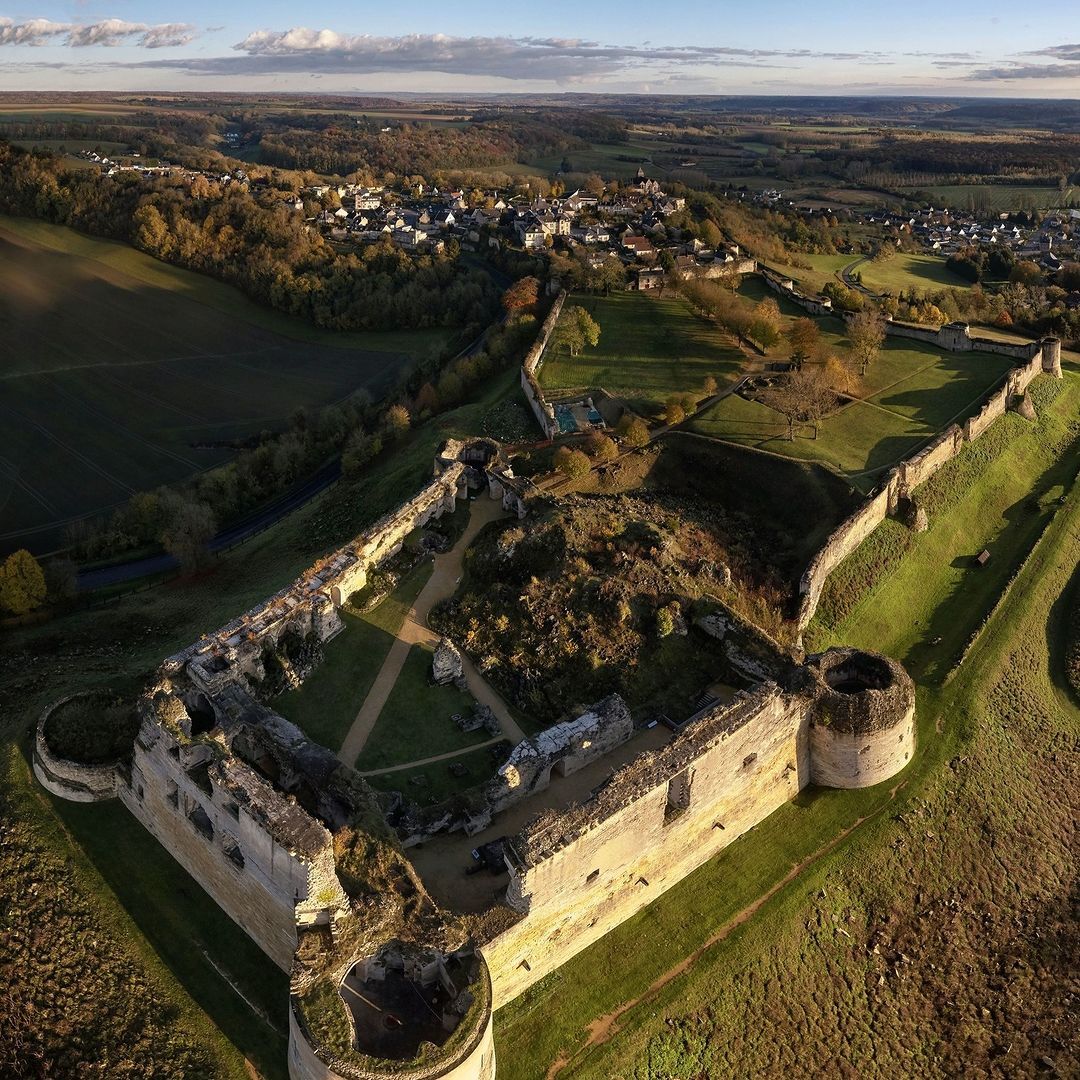Chateau de Coucy that made the Louvre look dreary
This website uses cookies to ensure you get the best experience.
Here are the Terms of Use and Privacy Policy
Here are the Terms of Use and Privacy Policy
OK
Name a French castle that was one of the most popular 100 years ago and no longer exists! It was the imposing 13th-century Chateau de Coucy, perched on a cliff in Picardy, which was considered one of the most visited monuments in France until 1914.

Chateau de Coucy was enormous. One of the brightest men of the Coucy family, Enguerrand III, used the old foundations of the previous castle to build something extraordinary by any standard: 33 towers, 3 fortified gates, and ramparts created impenetrable defenses around the town.

What's more... the castle had a keep 54 meters high, a tower 31 meters in diameter and walls 7.5 meters thick. The four cylindrical towers at the corners were 20 meters in diameter and originally 40 meters high. Take a look at the model below!

By and large, the gigantic Chateau de Coucy made the home of the King of France, Chateau du Louvre in Paris, look... well, let's put it mildly... dreary. The motto of the Coucy was "I am not king, nor prince, nor duke, nor count; I am the Lord of Coucy". Fair enough.
No wonder, then, that the king was anxious to have the castle in his domain and not that of his vassal. In the 15th century, Louis d'Orléans, brother of King Charles VI, bought the castle for a really big and heavy sack of gold from the eldest daughter of Enguerrand VII, the last prominent descendant of the Coucy family who died in the Holy Land during the Crusade.

Since Louis XII, grandson of Louis d'Orléans, the castle belonged to the royal domain. But only on paper, because even in the 17th century, the governor of Coucy was not willing to return the fortress to Louis XIV. This was a death sentence for the castle as Mazarin ordered it to be dismantled.
Enter Eugène Viollet-le-Duc, the brilliant French architect of the 19th century, who managed to preserve what's left of the chateau. He succeeded. The castle, with its restored and preserved keep, became a magnet for tourists. Thanks to the nearby railroad, it received crowds of guests.
The sudden rise of Chateau de Coucy's popularity was followed by a tragic fall of great proportions. In just 3 years, it was blown up by retreating German troops during the First World War.

On March 20, 1917, General Ludendorff ordered 28 tons of explosives to be placed in the keep and about 10 tons in each of the four corner towers. Kaiser Wilhelm approved the subsequent destruction of the glorious castle, whose keep was once the largest in Europe.

Paul Clemen, a German art historian responsible for preserving landmarks, supported the destruction of the castle, which he considered a favorable observation post for the enemy. The destruction caused public outrage, and by April the ruins had been declared a "monument to barbarism".

Germany's war reparations were used to clear the towers and reinforce the walls, but not the keep.

Photos courtesy: @lecmn, @le_legendaire_flo, @laforezginie, @entrepierresetfougeres, Mediateque de l'architecture et du patrimonie, www.chateau-coucy.fr/